Water
R3 Carbons provides activated carbon solutions for industrial plants and municipal agencies across the full water cycle—process, drinking water, wastewater, remediation, and specialty streams. Adsorption with activated carbon is a proven, cost-effective way to remove taste, odor, color, organic contaminants, DBP precursors, algal toxins, PPCPs, pesticides, PFAS, and more.
Best-in-class adsorption
Activated carbon engineered to purify process water, protect infrastructure, and meet stricter standards—end to end. Media selection and bed sizing tailored to your water source, flow, and targets.


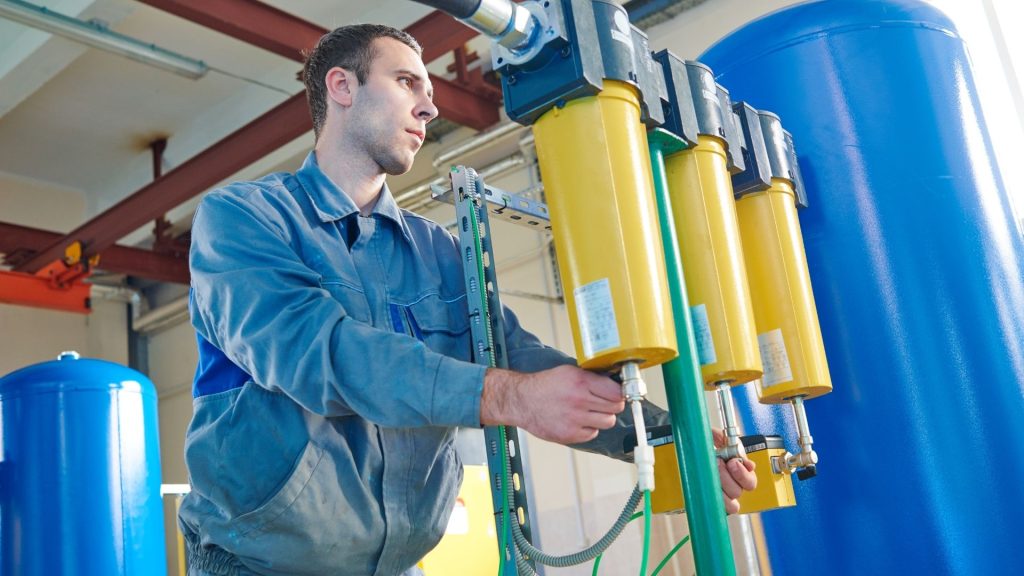
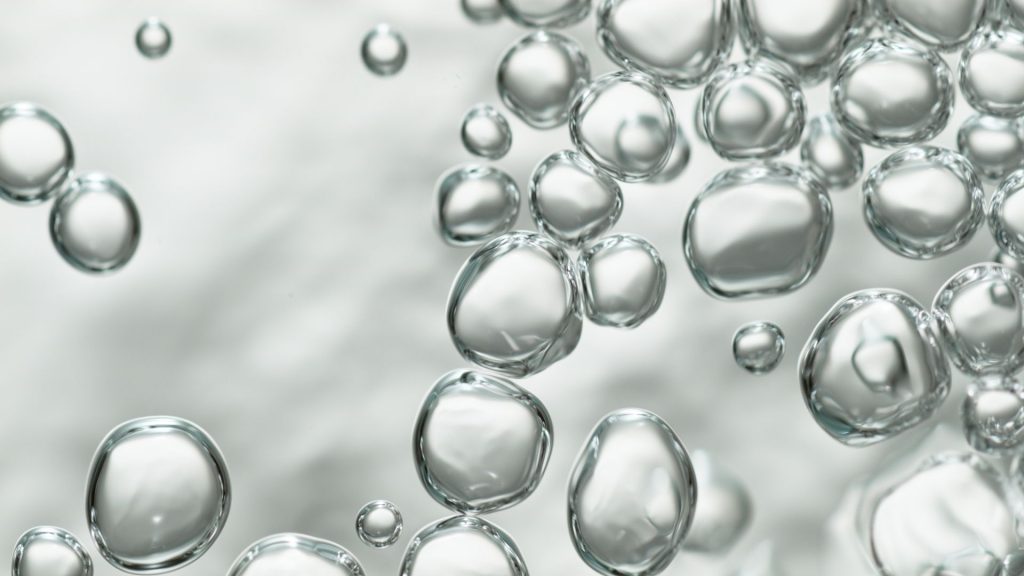
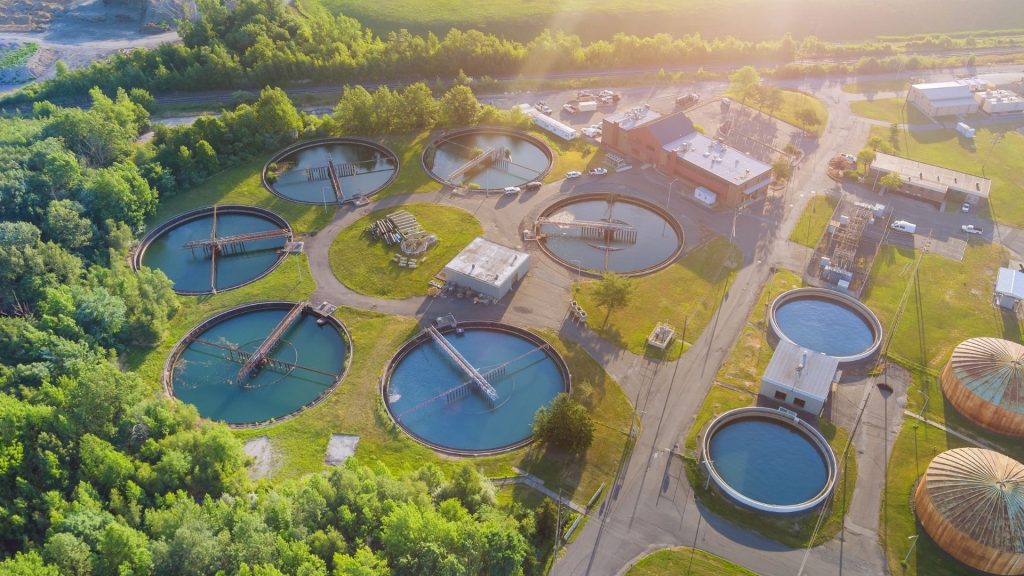





Process
Process and ultrapure water applications demand the consistent removal of oxidants and trace organics to safeguard membranes, ion exchange resins, and other sensitive production steps. HydroSorbR™ activated carbon integrates seamlessly ahead of RO and IX systems, enhancing operational reliability, protecting critical assets, and ensuring consistent product quality across industries that depend on high-purity water.
Engineered for precision and durability, HydroSorbR™ effectively removes chlorine, chloramine, ozone, hydrogen peroxide, and a range of organic contaminants including THMs, their precursors, and odor-causing compounds. Its granular activated carbon (GAC) beds provide continuous polishing with optimized contact time and stable pressure drop, while catalytic options accelerate chloramine and chlorine reduction. R3 Carbons’ technical support team assists with filter design, commissioning, and maintenance schedules to maximize system performance and extend media life.
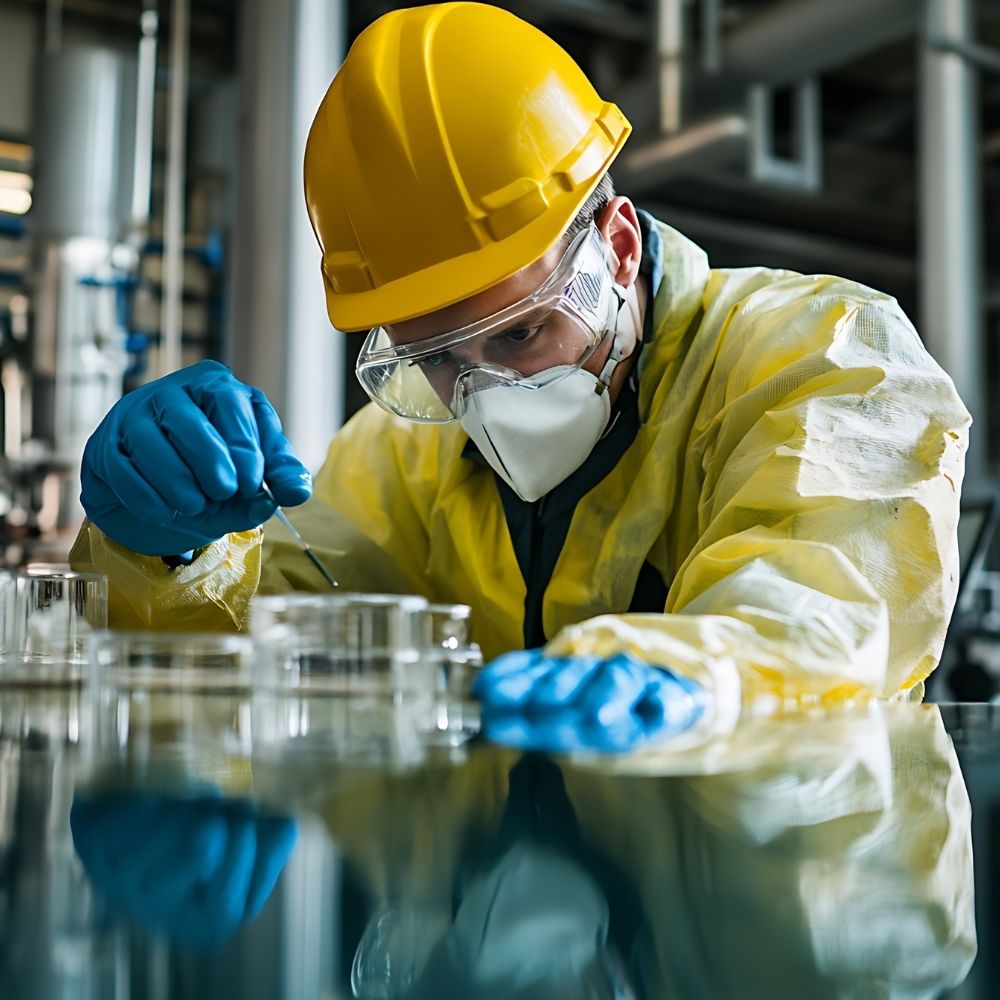
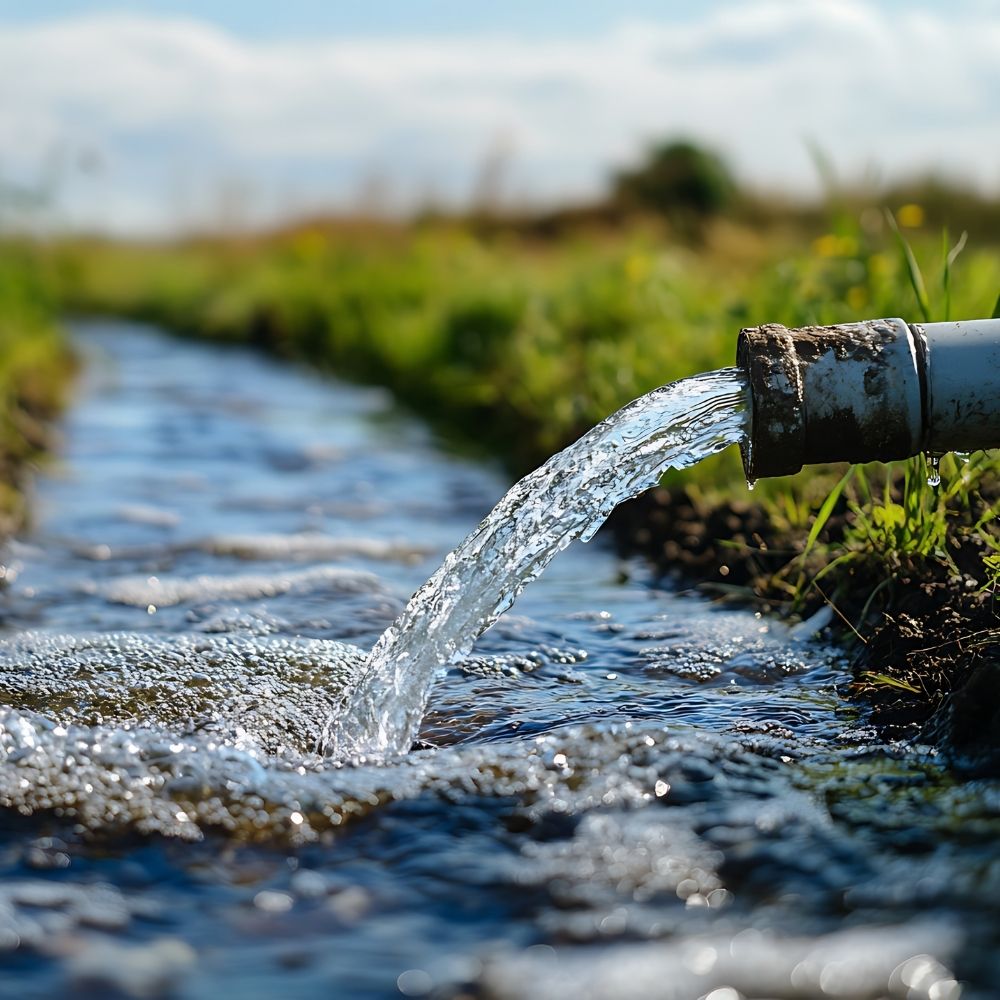
Wastewater
In municipal and industrial wastewater systems, activated carbon plays a critical role in reducing chemical oxygen demand (COD) while removing persistent micropollutants, color, and odor compounds. By addressing both regulatory and environmental concerns, HydroSorbR™ solutions help operators meet discharge permits, improve effluent clarity, and enable safe water reuse with greater process stability and reliability.
Designed for flexibility across treatment configurations, HydroSorbR™ effectively removes organic impurities, AOX, PPCPs, endocrine disruptors, pesticides, BTEX, phenols, solvents, and residual color and odor compounds. Powdered activated carbon (PAC) is ideal for handling load fluctuations, events, and tertiary polishing, while granular activated carbon (GAC) supports fixed-bed treatment with consistent effluent quality. Fully compatible with biological, coagulation, and filtration systems, HydroSorbR™ seamlessly integrates into existing treatment trains—helping you optimize tertiary polishing and discharge with confidence.
Drinking
Utilities and beverage producers rely on activated carbon to ensure neutral taste, minimize disinfection byproduct (DBP) formation, and capture trace organics and algal toxins that compromise water quality. HydroSorbR™ delivers dependable polishing performance even when source water conditions fluctuate—helping operators maintain consistency, consumer confidence, and compliance with strict drinking water standards.
Engineered for versatility, HydroSorbR™ effectively removes geosmin, MIB, humic substances, and natural organic matter (NOM), along with DBPs and their precursors such as THMs and HAAs. It also adsorbs PPCPs, VOCs, endocrine disruptors, and algal toxins. Granular activated carbon (GAC) beds provide continuous, high-capacity service, while powdered activated carbon (PAC) offers rapid response for seasonal events and spill mitigation. High-hardness grades ensure long media life, compatibility with oxidants, and easy steam sanitization—helping utilities and producers consistently improve finished-water profiles.


Recreation
Activated carbon enhances clarity, balance, and safety in aquariums, ponds, and pools by removing tannins, oxidants, chloramines, trihalomethanes (THMs), and trace organics that impact both health and visual quality. Whether for maintaining thriving aquatic habitats or ensuring clean, comfortable swim environments, HydroSorbR™ delivers consistent results that protect living systems and improve user experience.
Designed for versatility and control, HydroSorbR™ catalytic carbons accelerate chloramine breakdown for safer, more stable water chemistry. Granular activated carbon (GAC) provides continuous polishing and long-term clarity, while powdered activated carbon (PAC) offers rapid treatment for seasonal fluctuations or contamination events. Neutral-pH and low-phosphate options further help suppress algae growth—supporting clear, balanced water across all aquatic systems.
Steam
In refineries and power plants, steam condensate can pick up dissolved oils and organic compounds that lead to coking, fouling, and scaling—degrading boiler performance and turbine efficiency. Incorporating activated carbon into condensate polishing units effectively removes these contaminants, maintaining optimal heat-transfer rates, extending equipment life, and supporting overall plant reliability.
R3 Carbons’ HydroSorbR™ grades are engineered for condensate treatment, featuring low-silica-leach formulations that safeguard downstream ion exchange systems and turbine components. Extruded and pelletized options minimize dust generation, allowing for clean commissioning and stable pressure drop performance. With tailored guidance on contact time, system design, and changeout planning, HydroSorbR™ provides a dependable solution for continuous condensate purification and equipment protection.
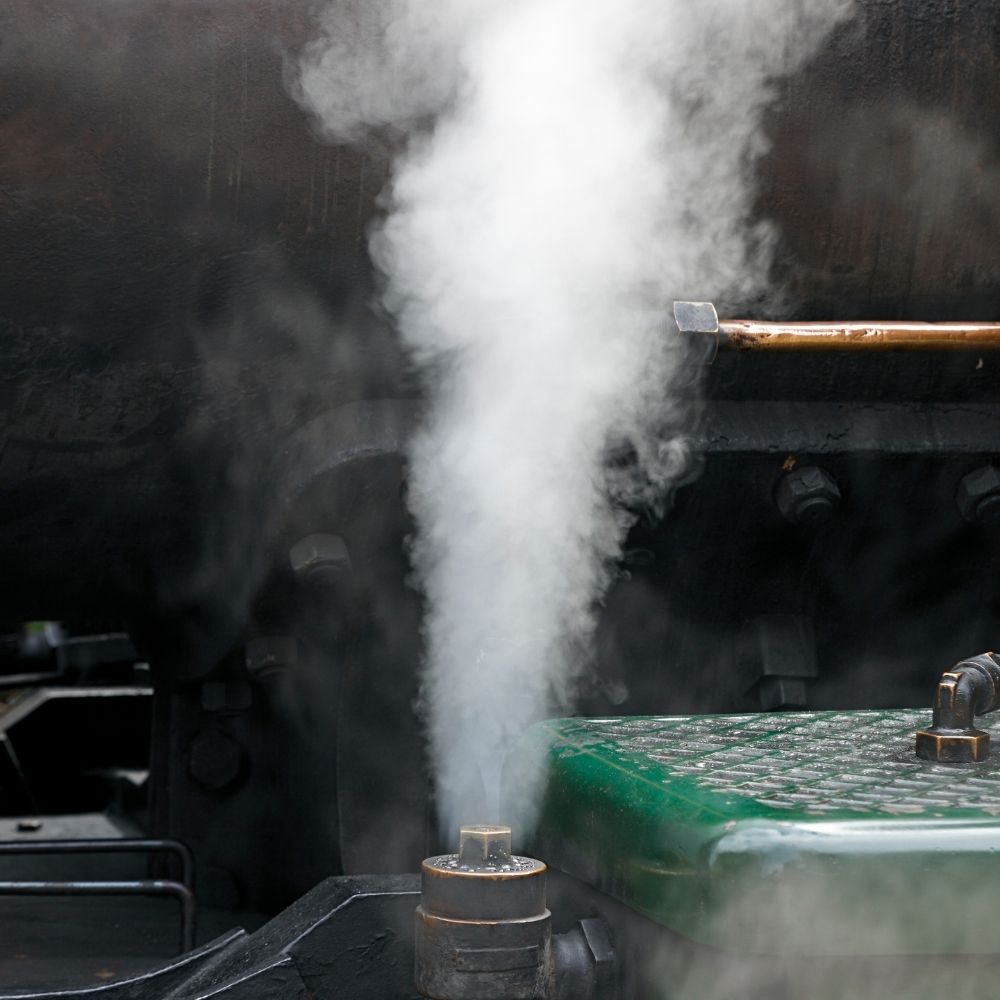

Landfill
Landfill leachate presents one of the most challenging water treatment scenarios, carrying a complex mix of organic compounds, color bodies, and toxic contaminants that threaten groundwater and surface water quality. Activated carbon—particularly when used after biological pretreatment—provides an essential polishing step, reducing COD, color, and odor while capturing persistent pollutants like PFAS, pesticides, and solvents to ensure compliant, environmentally safe discharge.
HydroSorbR™ granular activated carbon (GAC) is engineered for durability and performance in demanding leachate conditions. Its high-hardness formulation maintains stable beds through multiple reactivation cycles, while flexible skid and vessel configurations adapt easily to varying flow rates and load conditions. R3 Carbons’ monitoring and support services help operators track adsorption performance and plan timely changeouts, ensuring reliable, long-term protection against complex leachate variability.
Remediation
Activated carbon is a proven solution for restoring groundwater and site water quality, capturing a broad range of contaminants to enable safe discharge, reinjection, or further downstream treatment. HydroSorbR™ products support environmental restoration goals and help operators meet strict compliance standards—providing reliable performance in both permanent and temporary pump-and-treat systems.
Formulated for versatility, HydroSorbR™ effectively removes VOCs, BTEX, MTBE, PAHs, PFAS, chlorinated solvents such as TCE and PCE, and other residual organics that affect color and odor. Granular activated carbon (GAC) delivers continuous performance in fixed-bed systems, while powdered activated carbon (PAC) offers rapid response for dewatering, high-load events, or short-term remediation campaigns. R3 Carbons also provides carbon reactivation and logistics support to streamline maintenance and reduce operating costs—helping you build a complete, cost-efficient remediation playbook.
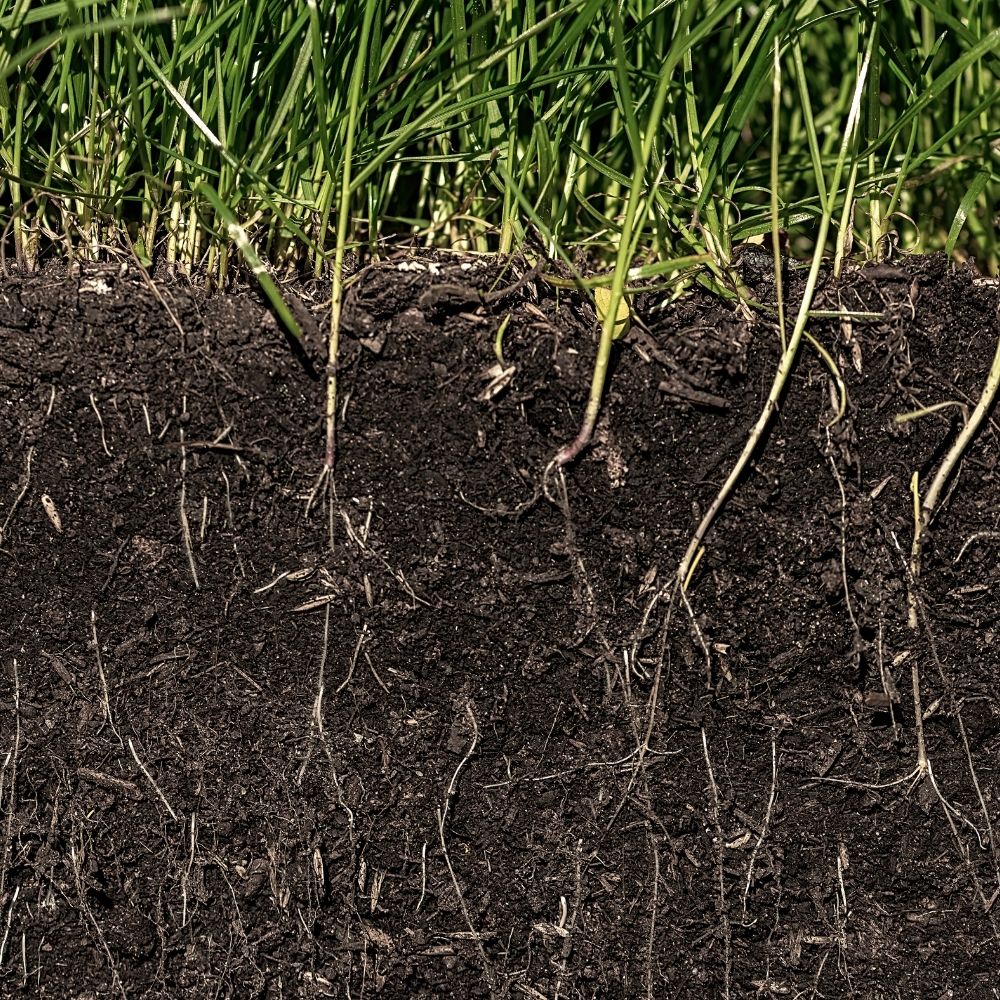
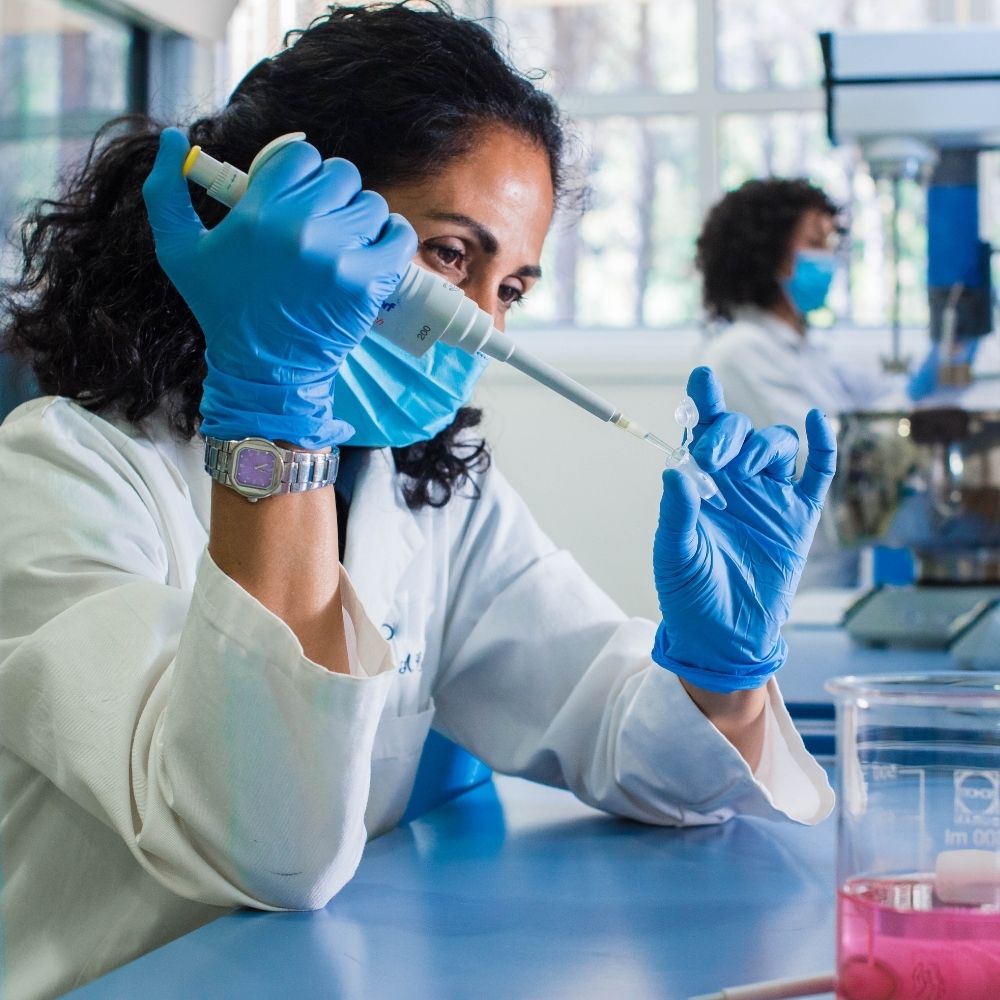
PFAS
Engineered with tailored pore structures and hydrophobic adsorption properties, HydroSorbR™ activated carbon provides an effective defense against both long- and short-chain PFAS compounds across drinking water, wastewater, and remediation systems. Its proven adsorption performance helps utilities and operators meet non-detect targets while maintaining compliance with evolving PFAS regulations—ensuring safe, clean water from the source to the tap.
Granular activated carbon (GAC) systems are designed for continuous PFAS removal, with vessels sized to achieve extended breakthrough intervals and stable operation. Powdered activated carbon (PAC) supports rapid response and short-term co-treatment applications, offering flexibility for emergency or seasonal needs. To close the loop, R3 Carbons’ reactivation pathways restore spent carbon for reuse—minimizing lifecycle cost, waste, and environmental impact while keeping PFAS fully contained.
Bring higher water quality to your operation
From pilots to full-scale systems, our engineers will size media, contact times, and vessels for your process and targets.

